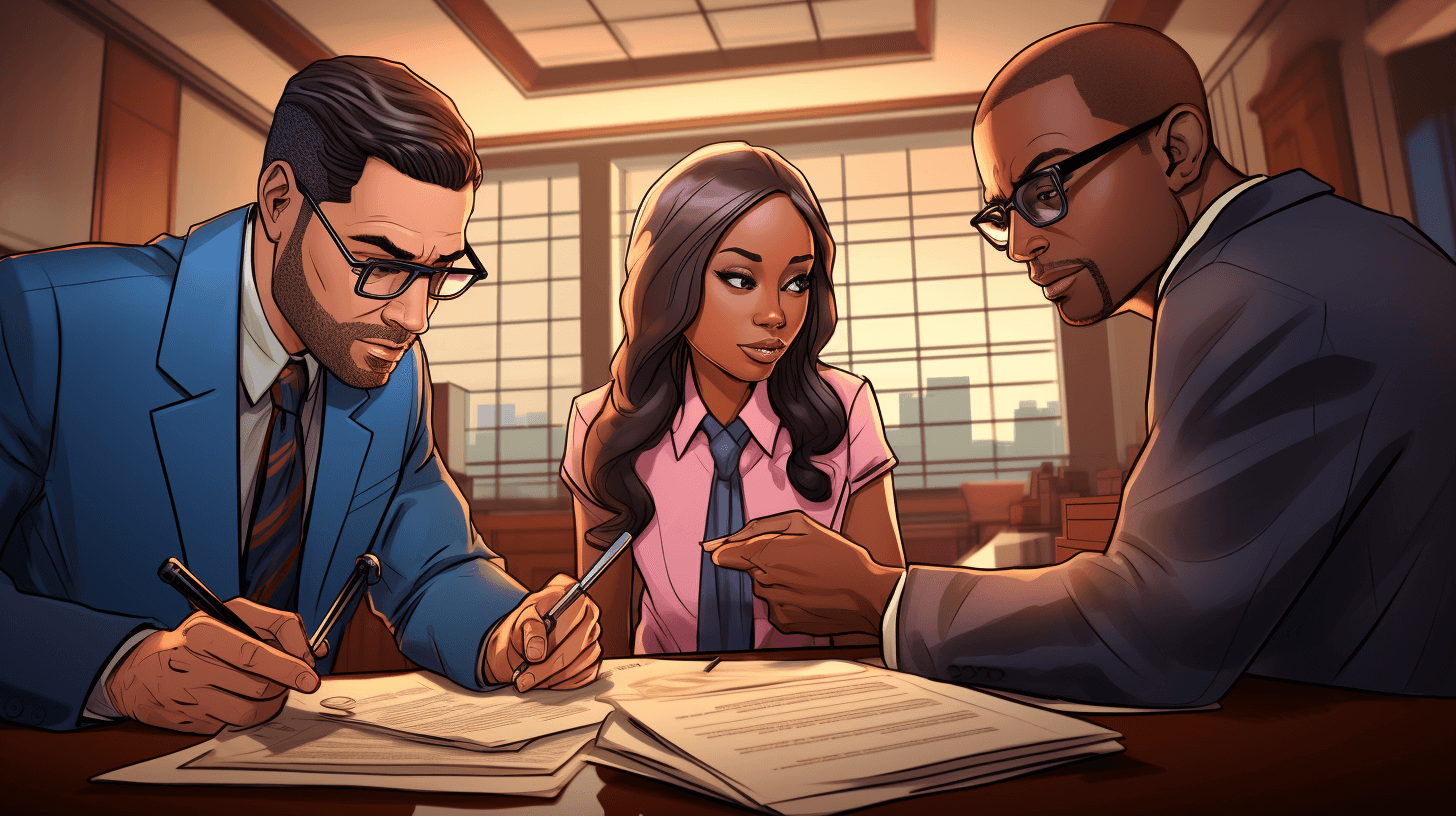September 18, 2025

More than 90% of criminal cases in the United States are resolved not through trials, but through plea bargains. These negotiated agreements between prosecutors and defendants can mean reduced charges, lighter sentences, or quicker resolution. For defendants, plea bargains offer certainty in an otherwise unpredictable justice system. But they also come with trade-offs, including giving up the right to trial.
The legal side of a plea bargain reveals how the justice system functions in practice. While courtroom trials may receive the most attention, it is plea deals that drive daily case resolutions. Like The Legal Side of a Trial and The Legal Side of a Verdict, plea bargains determine outcomes — often long before juries are ever empaneled.
What Is a Plea Bargain?
A plea bargain is an agreement where a defendant pleads guilty (or no contest) to a criminal charge in exchange for concessions from the prosecutor. Types include:
Judges must approve bargains, ensuring they are voluntary and informed.
Constitutional Basis and Rights Involved
Plea bargains involve waiving several constitutional rights, including:
Because these rights are so fundamental, courts scrutinize plea deals to ensure they are made knowingly and voluntarily.
Why Plea Bargains Dominate the System
But efficiency sometimes comes at the expense of justice, especially if defendants feel pressured into deals.
The Plea Bargain Process
At each stage, attorneys play a critical role, much like they do in How to Choose the Right Criminal Defense Lawyer.
Advantages of Plea Bargains
These benefits can be critical for clients balancing family, work, and reputation, much like those facing challenges in Client Success Story: Navigating a Difficult Child Custody Battle.
Risks of Plea Bargains
Defense attorneys safeguard against these risks by evaluating whether a plea is truly in a client’s best interest.
Case Studies: Plea Bargains in Action
Plea Bargains vs. Trial
Defendants must weigh:
Impact on Sentencing
Plea bargains often influence The Legal Side of a Sentence. Judges may follow recommendations, but they are not bound by deals. Attorneys ensure sentencing agreements are enforced where possible.
Plea Bargains and Appeals
Generally, defendants who plead guilty limit their right to appeal. However, appeals may still challenge:
This makes The Legal Side of an Appeal relevant even in plea contexts.
The Role of Defense Attorneys
Attorneys are critical in plea bargaining:
Just as in Why Law Firms Excel at High-Asset Divorce Litigation, complex negotiations require experienced advocates.
Plea Bargains in Broader Legal Context
The Human and Business Impact of Plea Deals
A plea bargain affects more than a court file. It can impact:
Conclusion
The legal side of a plea bargain highlights the practical reality of criminal justice: most cases end not in trials, but in negotiated deals. These agreements balance efficiency with fairness, risk with certainty. With skilled attorneys, defendants can ensure plea bargains are fair, informed, and protective of their rights.
From The Legal Side of an Arrest to The Legal Side of an Appeal, plea bargains influence nearly every stage of the process. With the right guidance, they can provide second chances and a path forward — without sacrificing justice.
Stay up to date with the latest tips, expert insights, product reviews, and step-by-step guides to help you grow, create, and succeed—no matter your industry or passion.